Hybrid Predictor for Unstable Delayed Systems
Abstract
1. Introduction
2. Preliminary Results
2.1. Discrete State Feedback
2.2. Discrete Output Injection
2.3. Controller Design
2.4. Problem Statement
3. Main Results
Hybrid Predictor for Delayed Systems with Complex Conjugate Stable Poles
4. Simulation Results
4.1. Example 1
4.2. Example 2
| Example 1 | Example 2 | |||||||
|---|---|---|---|---|---|---|---|---|
| System | ||||||||
| Control Action | ||||||||
| Performance index | ISE | ITSE | IAE | ITAE | ISE | ITSE | IAE | ITAE |
| Hybrid predictor | 128.8 | 3129 | 72.95 | 3153 | 152.2 | 1450 | 24.04 | 237.7 |
| Output | ||||||||
| Performance index | ISE | ITSE | IAE | ITAE | ISE | ITSE | IAE | ITAE |
| Hybrid predictor | 69.41 | 3129 | 72.27 | 3156 | 365.8 | 4588 | 78.65 | 944 |
4.3. Example 3
4.4. Example 4
5. Conclusions
Author Contributions
Funding
Data Availability Statement
Conflicts of Interest
References
- Ali, E.; Alhumaizi, K. Temperature control of ethylene to butene-1 dimerization reactor. Ind. Eng. Chem. Res. 2000, 39, 1320–1329. [Google Scholar] [CrossRef]
- Chien, Y. The effect of non-ideal mixing on the number of steady states and dynamic behaviour for autocatalytical reactions in a CSTR. Can. J. Chem. Eng. 2001, 79, 112–118. [Google Scholar] [CrossRef]
- Liu, T.; Zhang, W.; Gu, D. Analytical design of two-degree-of-freedom control scheme for open-loop unstable processes with time delay. J. Process. Control. 2005, 15, 559–572. [Google Scholar] [CrossRef]
- Niculescu, S. Delay Effects on Stability: A Robust Control Approach; Springer: Berlin, Germany, 2001. [Google Scholar]
- Rao, A.S.; Chidambaram, M. PI/PID controllers design for integrating and unstable systems. In PID Control in the Third Millennium; Advances in Industrial Control; Vilanova, R., Visioli, A., Eds.; Springer: London, UK, 2012. [Google Scholar]
- Ailon, A.; Gil’, M.I. Stability analysis of a rigid robot with output-based controller and time delay. Syst. Control Lett. 2000, 40, 31–35. [Google Scholar] [CrossRef]
- Liu, T.; Cai, Y.; Gu, D.; Zhang, W. New modified Smith predictor scheme for integrating and unstable processes with time delay. Iee Proc.-Control Theory Appl. 2005, 152, 238–246. [Google Scholar] [CrossRef]
- Steinberger, M.; Horn, M. Robust filtered Smith predictors for networked control systems with packet-based data transmission. J. Process. Control 2022, 111, 86–96. [Google Scholar] [CrossRef]
- Smith, O. Closer control of loops with dead time. Chem. Eng. Prog. 1957, 53, 217–219. [Google Scholar]
- Rao, A.S.; Chidambaram, M. Enhanced Smith predictor for unstable processes with time delay. Ind. Eng. Chem. Res. 2005, 44, 8291–8299. [Google Scholar] [CrossRef]
- Márquez-Rubio, J.F.; Del-Muro-Cuéllar, B.; Velasco-Villa, M.; Novella-Rodríguez, D.F. Observer–PID stabilization strategy for unstable first-order linear systems with large time delay. Ind. Eng. Chem. Res. 2012, 51, 8477–8487. [Google Scholar] [CrossRef]
- Rubio, J.F.; Cuéllar, B.D.; Villa, M.V.; Ramírez, J.Á. An improved sufficient condition for stabilisation of unstable first-order processes by observer-state feedback. Int. J. Control 2015, 88, 403–412. [Google Scholar] [CrossRef]
- Del-Muro-Cuéllar, B.; Velasco-Villa, M.; Márquez-Rubio, J.F.; Álvarez-Ramírez, J.D. On the control of unstable first order linear systems with large time lag: Observer based approach. Eur. J. Control 2012, 18, 439–451. [Google Scholar] [CrossRef]
- Babu, D.; Kumar, D.B.; Sree, R.P. Tuning of PID controllers for unstable systems using direct synthesis method. Indian Chem. Eng. 2017, 59, 215–241. [Google Scholar] [CrossRef]
- Kishore, C.R.; Sree, R.P. Design of PID controllers for unstable systems using multiple dominant poleplacement method. Indian Chem. Eng. 2018, 60, 356–370. [Google Scholar] [CrossRef]
- Alyoussef, F.; Kaya, I. Simple PI-PD tuning rules based on the centroid of the stability region for controlling unstable and integrating processes. ISA Trans. 2022, 134, 238–255. [Google Scholar] [CrossRef]
- Hernández-Pérez, M.A.; Muro-Cuéllar, B.D.; Velasco-Villa, M. PID for the stabilization of high-order unstable delayed systems with possible complex conjugate poles. Asia-Pac. J. Chem. Eng. 2015, 10, 687–699. [Google Scholar] [CrossRef]
- del Muro-Cuéllar, B.; Vazquez-Guerra, R.J.; Márquez-Rubio, J.F. Digital two-degree-of-freedom controller for processes with large time-delay. Stud. Inform. Control 2020, 29, 17–24. [Google Scholar] [CrossRef]
- Kumar, D.; Padma Sree, R. Tuning of IMC based PID controllers for integrating systems with time delay. ISA Trans. 2016, 63, 242–255. [Google Scholar] [CrossRef]
- Barragan-Bonilla, L.A.; Márquez-Rubio, J.F.; del Muro Cuellar, B.; Vázquez-Guerra, R.J.; Martínez, C. Observer-based control for high order delayed systems with an unstable pole and a pole at the origin. Asian J. Control 2022, 25, 1759–1774. [Google Scholar] [CrossRef]
- Karan, S.; Dey, C.; Mukherjee, S. Simple internal model control based modified Smith predictor for integrating time delayed processes with real-time verification. ISA Trans. 2021, 121, 240–257. [Google Scholar] [CrossRef]
- Lee, S.C.; Wang, Q.; Xiang, C. Stabilization of all-pole unstable delay processes by simple controllers. J. Process. Control 2010, 20, 235–239. [Google Scholar] [CrossRef]
- Cho, W.; Lee, J.; Edgar, T.F. Simple analytic proportional-integral-derivative (PID) controller tuning rules for unstable processes. Ind. Eng. Chem. Res. 2014, 53, 5048–5054. [Google Scholar] [CrossRef]
- Márquez-Rubio, J.F.; del Muro-Cuéllar, B.; Barragan-Bonilla, L.A.; Vázquez-Guerra, R.J.; Urquiza-Castro, A. Control for a class of unstable high-order systems with time delay based on observer–predictor approach. Processes 2023, 11, 1613. [Google Scholar] [CrossRef]
- Tognetti, E.S.; de Oliveira, G.A. Robust state feedback-based design of PID controllers for high-order systems with time-delay and parametric uncertainties. J. Control. Autom. Electr. Syst. 2022, 33, 382–392. [Google Scholar] [CrossRef]
- Acharya, D.; Swain, S.K.; Mishra, S.K. Real-time implementation of a stable 2 DOF PID controller for unstable second-order magnetic levitation system with time delay. Arab. J. Sci. Eng. 2020, 45, 6311–6329. [Google Scholar] [CrossRef]
- Novella-Rodríguez, D.F.; Tudón-Martínez, J.C.; Vázquez-Guerra, R.J.; Márquez-Rubio, J.F. Feedback control based on a sequential observer-predictor for systems with unknown actuator delay. Int. J. Control. Autom. Syst. 2022, 20, 2779–2791. [Google Scholar] [CrossRef]
- Bobál, V.; Kubalcik, M.; Dostál, P.; Matejicek, J. Adaptive predictive control of time-delay systems. Comput. Math. Appl. 2013, 66, 165–176. [Google Scholar] [CrossRef]
- Rivas-Perez, R.; Feliu-Batlle, V.; Castillo-García, F.J.; Sánchez-Rodríguez, L.; Linares-Saez, A. Robust fractional order controller implemented in the first pool of the Imperial de Aragón main canal. Tecnol. Cienc. Agua 2014, 5, 23–42. [Google Scholar]
- Jin, Q.; Hao, F.; Wang, Q. A multivariable IMC-PID method for non-square large time delay systems using NPSO algorithm. J. Process. Control 2013, 23, 649–663. [Google Scholar] [CrossRef]
- Márquez-Rubio, J.F.; del Muro-Cuéllar, B.; Vázquez-Guerra, R.J.; Urquiza-Castro, A.; Barragan-Bonilla, L.A.; Martínez, C. A simple modification to the Smith predictor structure for dealing with high-order delayed processes considering one unstable pole. J. Process. Control 2024, 142, 103299. [Google Scholar] [CrossRef]
- Garcia, P.C.; Albertos, P. Robust tuning of a generalized predictor-based controller for integrating and unstable systems with long time-delay. J. Process. Control 2013, 23, 1205–1216. [Google Scholar] [CrossRef]
- Buenfil-Hernández, R.; Del-Muro-Cuéllar, B. Predictor híbrido para sistemas lineales con retardo de tiempo. AMCA 2013, 2013, 111–116. [Google Scholar]
- Rao, A.S.; Rao, V.S.; Chidambaram, M. Simple analytical design of modified Smith predictor with improved performance for unstable first-order plus time delay (FOPTD) processes. Ind. Eng. Chem. Res. 2007, 46, 4561–4571. [Google Scholar] [CrossRef]
- Sanz, R.; Garcia, P.C.; Albertos, P. A generalized Smith predictor for unstable time-delay SISO systems. ISA Trans. 2017, 72, 197–204. [Google Scholar] [CrossRef]
- Torrico, B.C.; Pereira, R.D.; Sombra, A.K.; Nogueira, F.G. Simplified filtered Smith predictor for high-order dead-time processes. ISA Trans. 2020, 109, 11–21. [Google Scholar] [CrossRef] [PubMed]
- Garcia, P.C.; Albertos, P.; Hägglund, T. Control of unstable non-minimum-phase delayed systems. J. Process. Control 2006, 16, 1099–1111. [Google Scholar] [CrossRef]
- Albertos, P.; Garcia, P.C. Robust control design for long time-delay systems. J. Process. Control 2009, 19, 1640–1648. [Google Scholar] [CrossRef]
- Normey-Rico, J.E.; Camacho, E.F. Unified approach for robust dead-time compensator design. J. Process. Control 2009, 19, 38–47. [Google Scholar] [CrossRef]
- Normey-Rico, J.E.; Camacho, E.F. Simple robust dead-time compensator for first-order plus dead-time unstable processes. Ind. Eng. Chem. Res. 2008, 47, 4784–4790. [Google Scholar] [CrossRef]
- Santos, T.L.; Botura, P.E.; Normey-Rico, J.E. Dealing with noise in unstable dead-time process control. J. Process. Control 2010, 20, 840–847. [Google Scholar] [CrossRef]
- Ogata, K. Sistemas de Control en Tiempo Discreto; Pearson Educación: Estado de Mexico, Mexico, 1996. [Google Scholar]
- Åström, K.J.; Hägglund, T. PID Controllers: Theory, Design and Tuning; Instrument Society of America: Research Triangle Park, NC, USA, 1995. [Google Scholar]
- Wang, Y. Determination of all feasible robust PID controllers for open-loop unstable plus time delay processes with gain margin and phase margin specifications. ISA Trans. 2014, 53, 628–646. [Google Scholar] [CrossRef]
- Matausek, M.R.; Ribic, A.I. Control of stable, integrating and unstable processes by the Modified Smith Predictor. J. Process. Control 2012, 22, 338–343. [Google Scholar] [CrossRef]
- İçmez, Y.; Can, M.S. Smith Predictor Controller Design Using the Direct Synthesis Method for Unstable Second-Order and Time-Delay Systems. Processes 2023, 11, 941. [Google Scholar] [CrossRef]
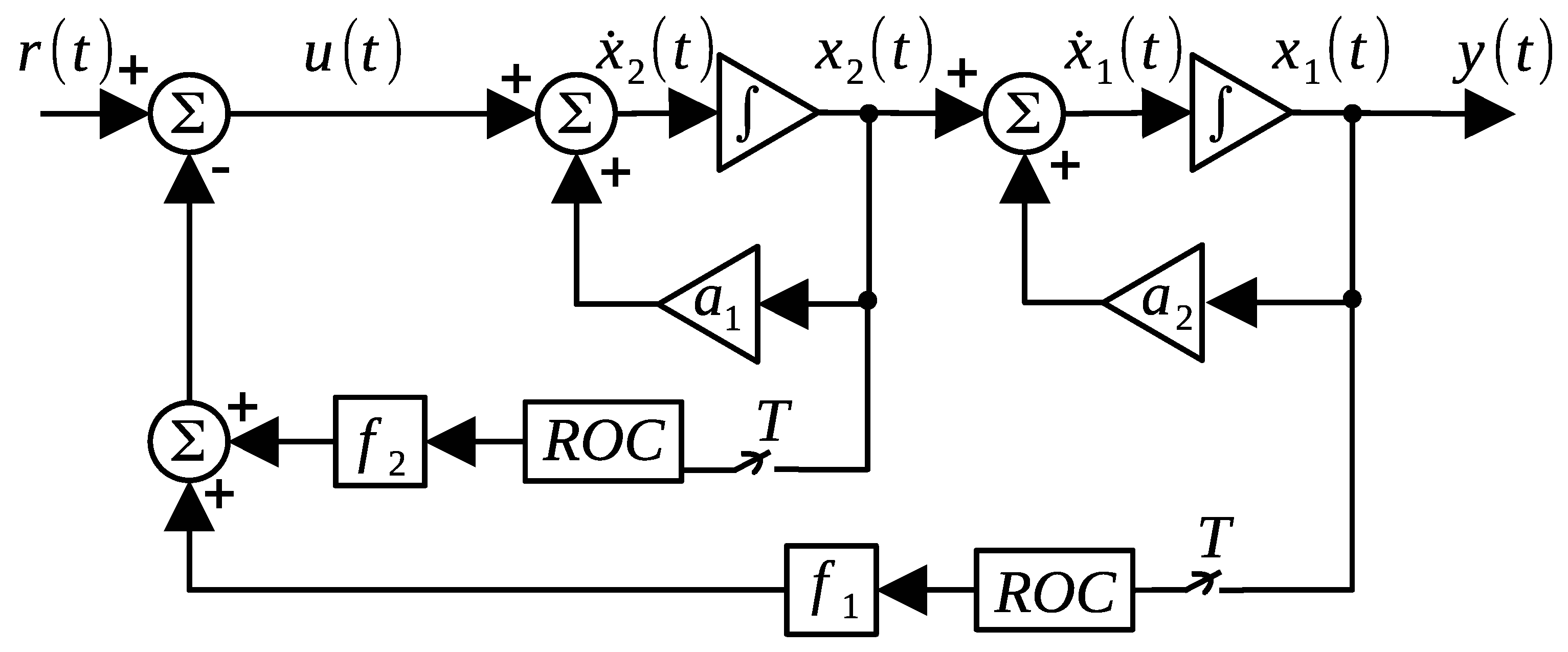
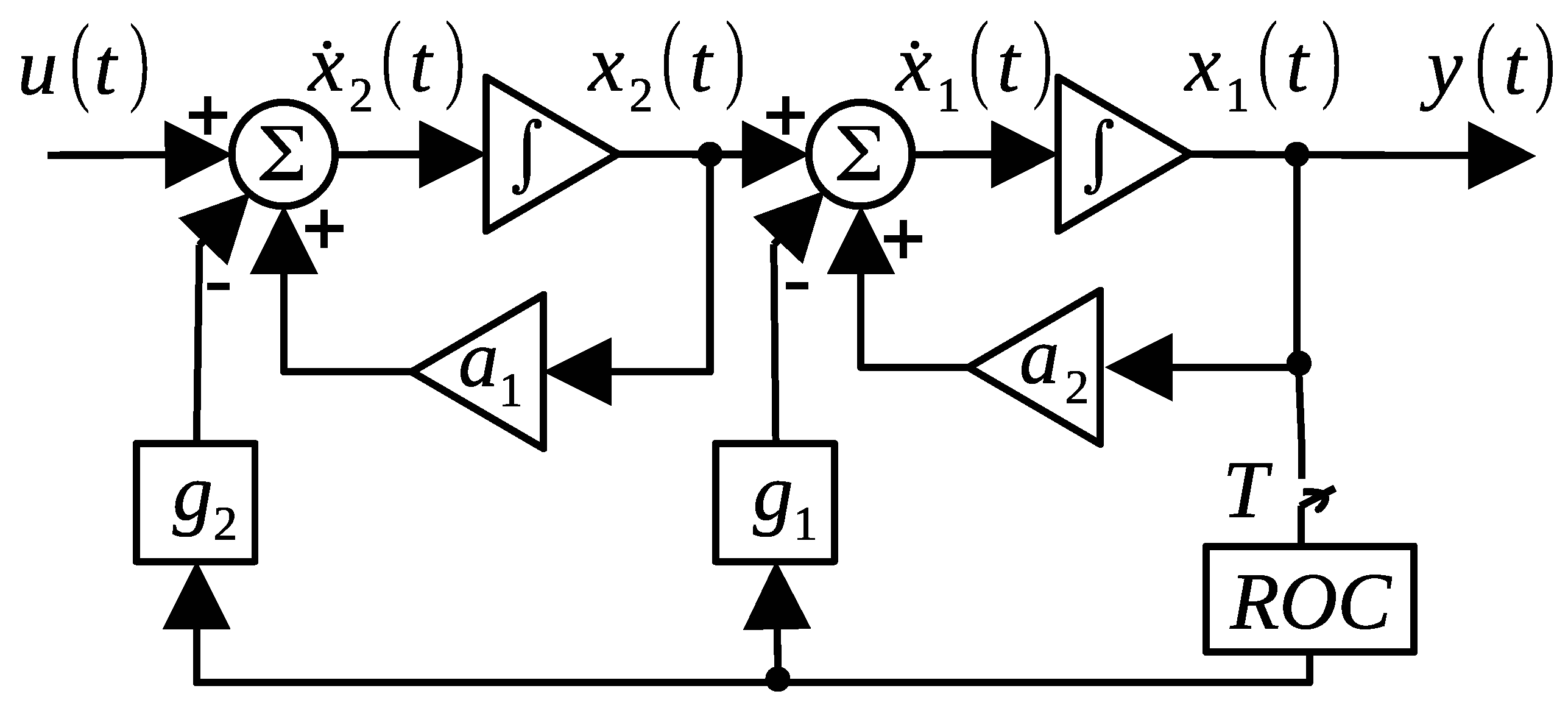



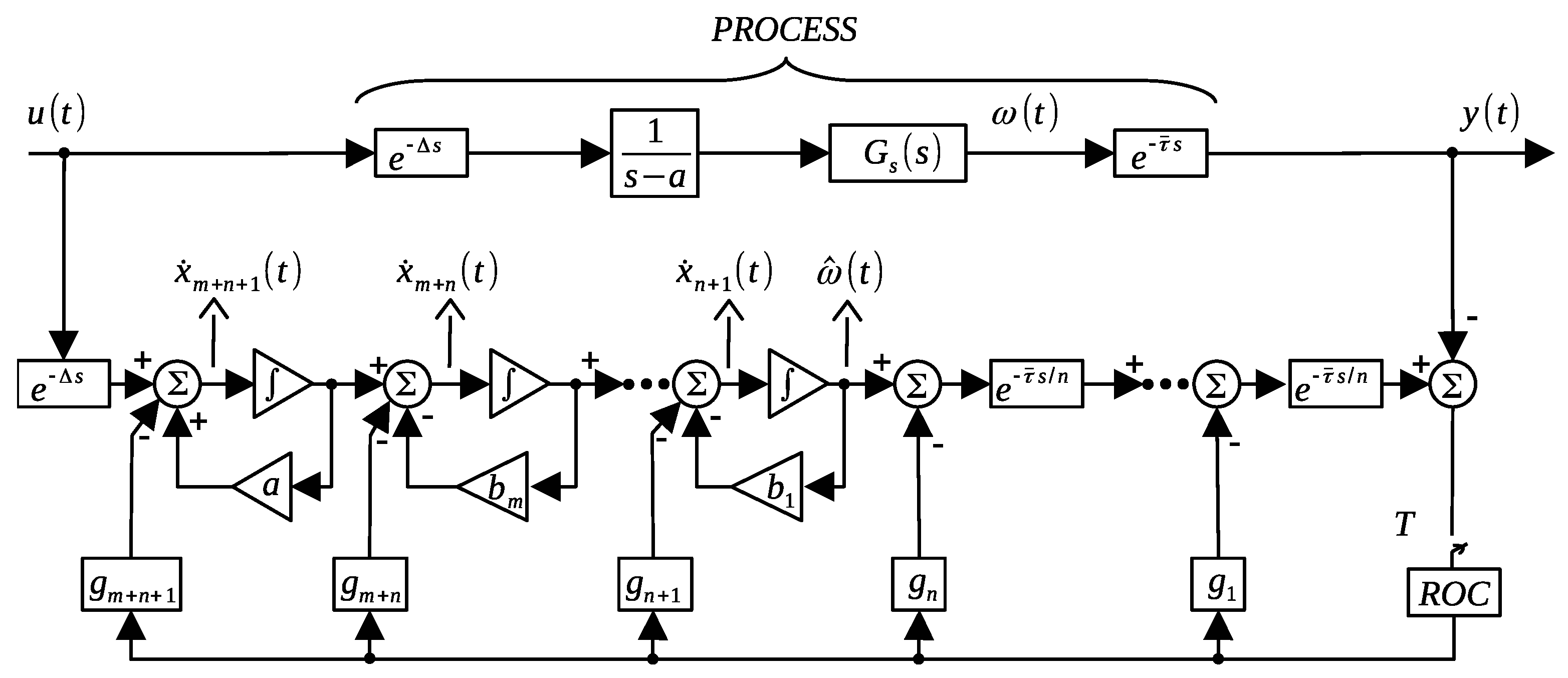


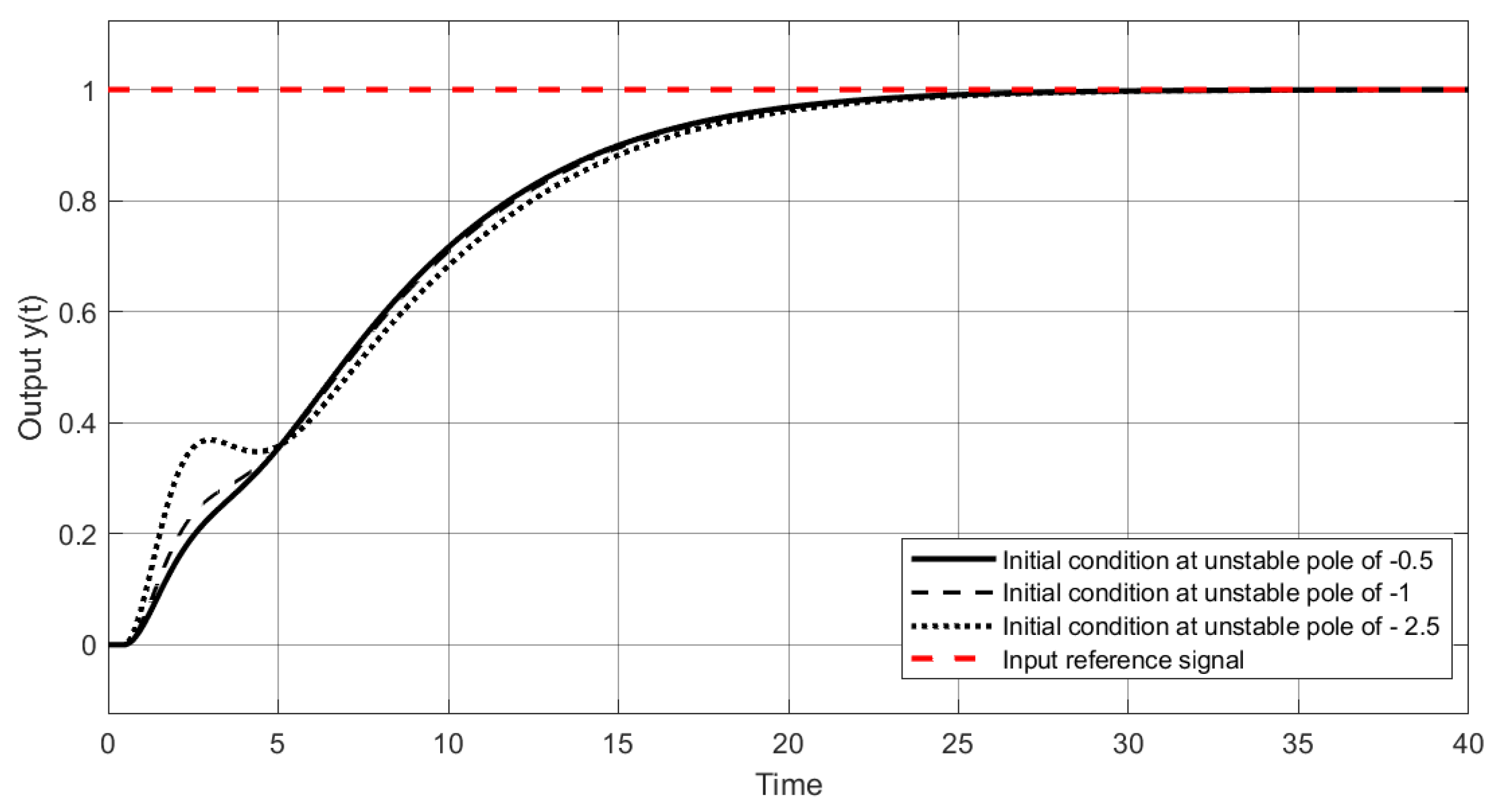

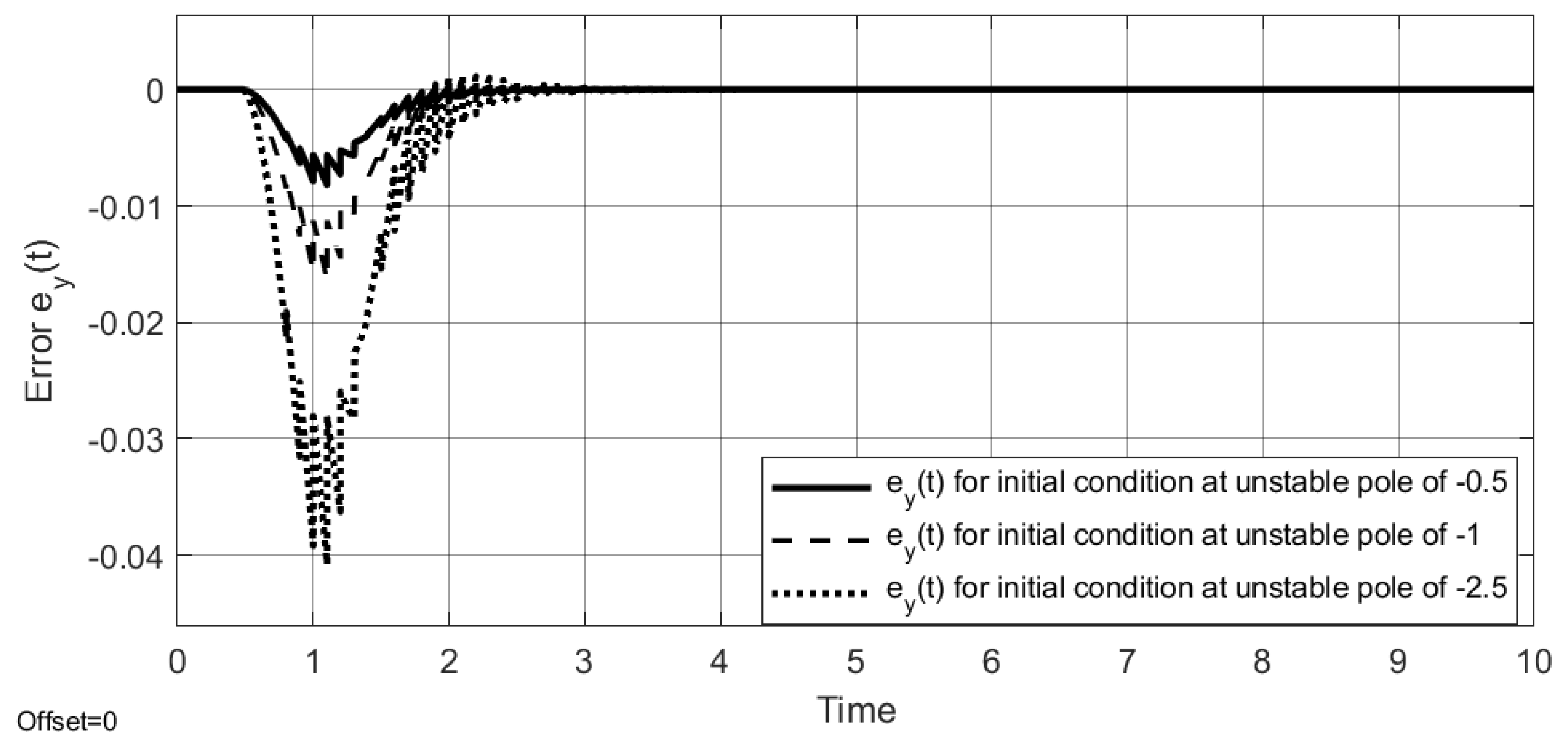
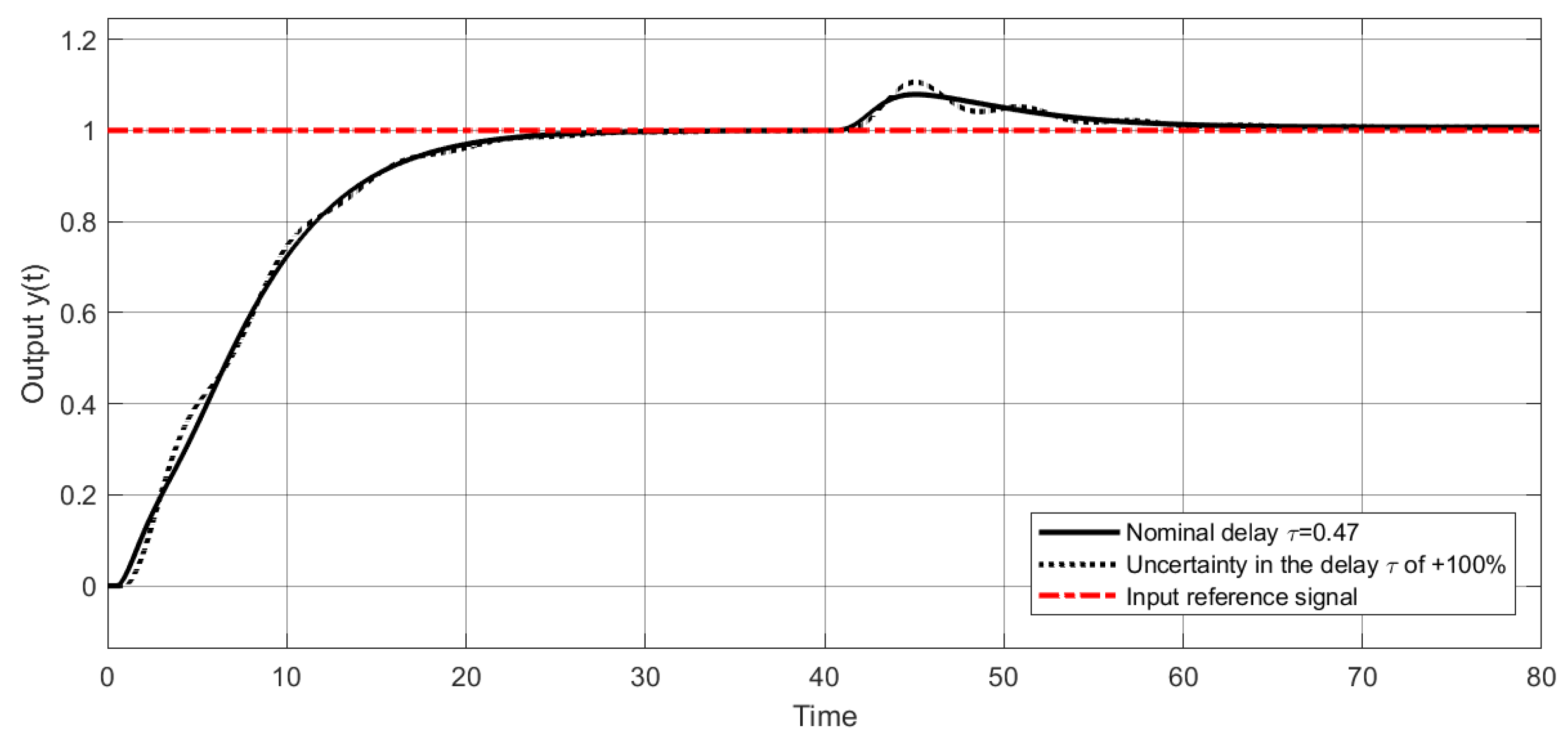

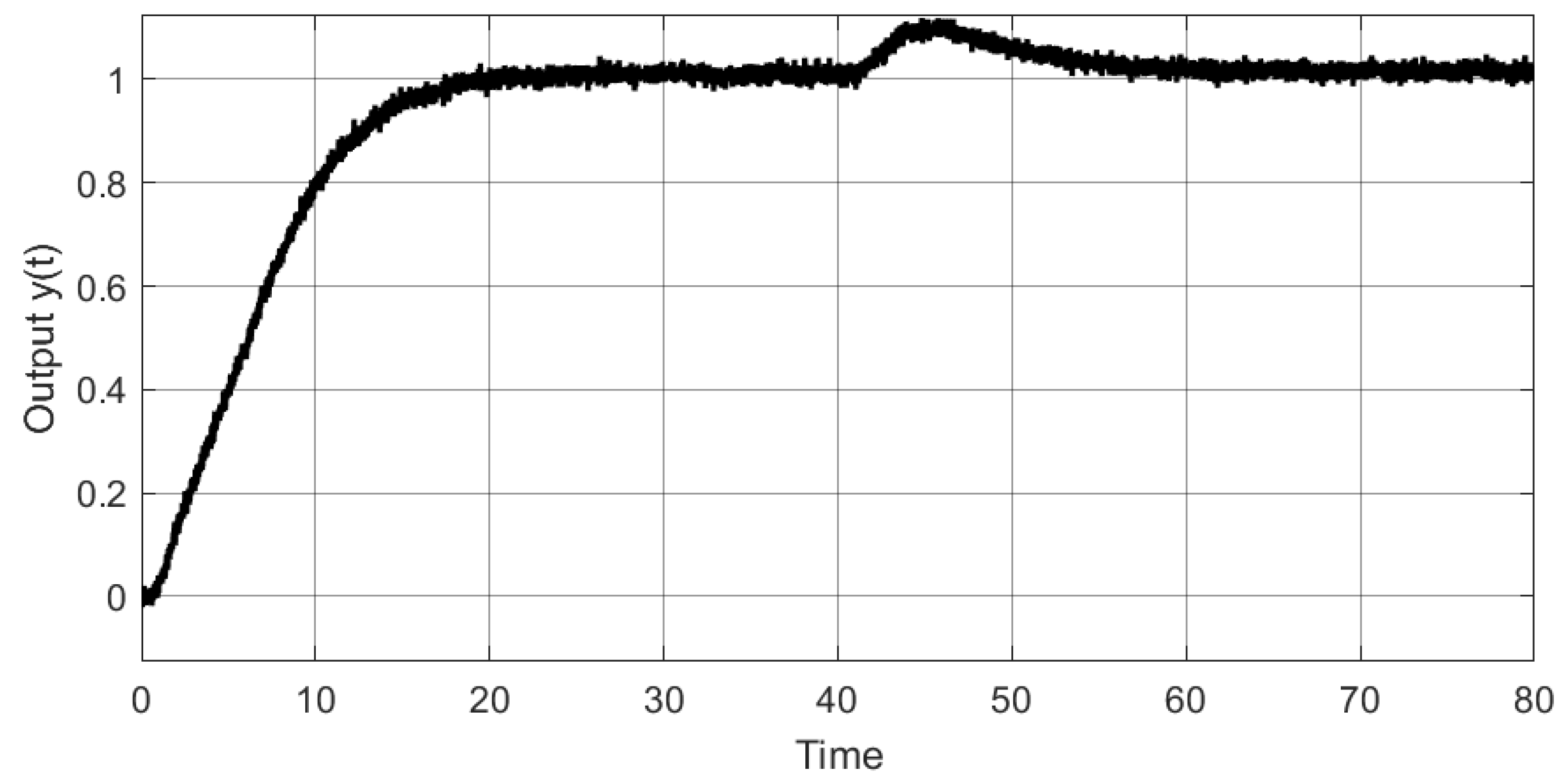
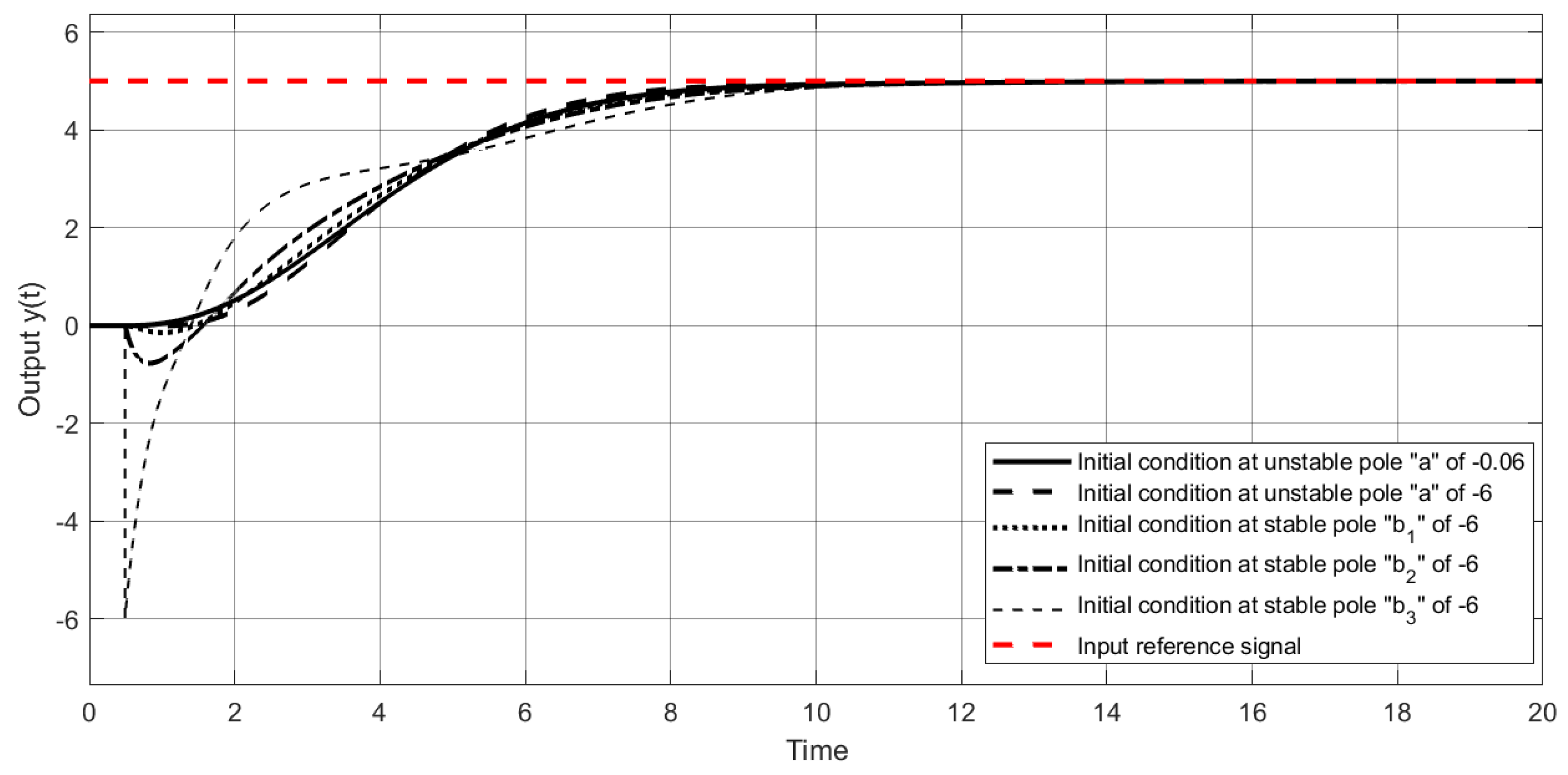

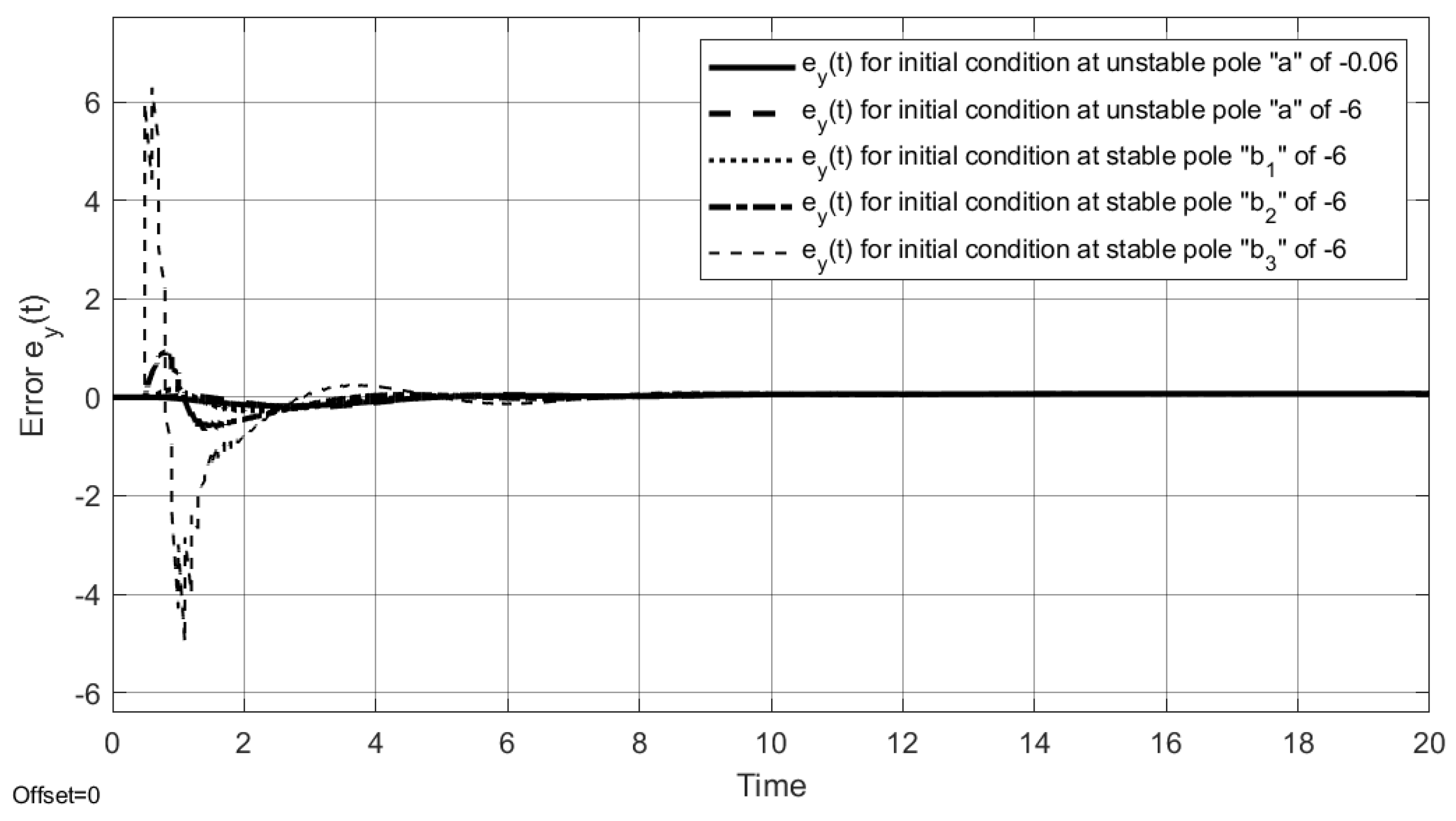


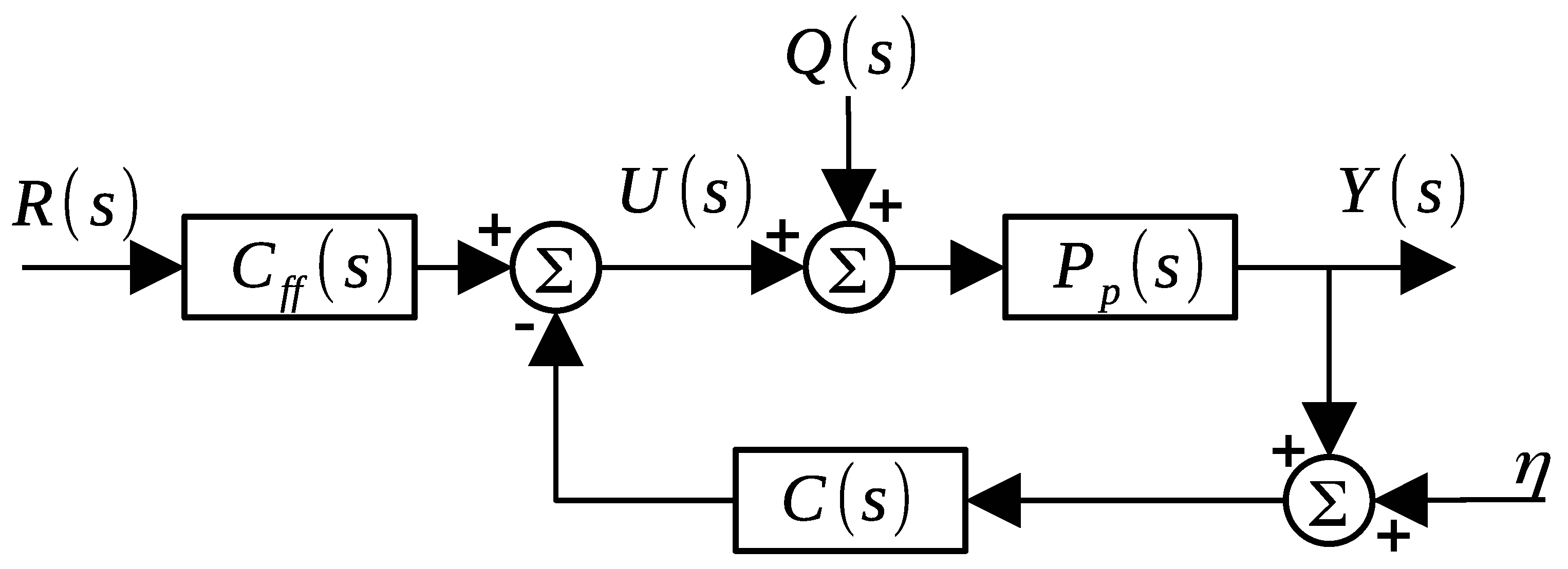
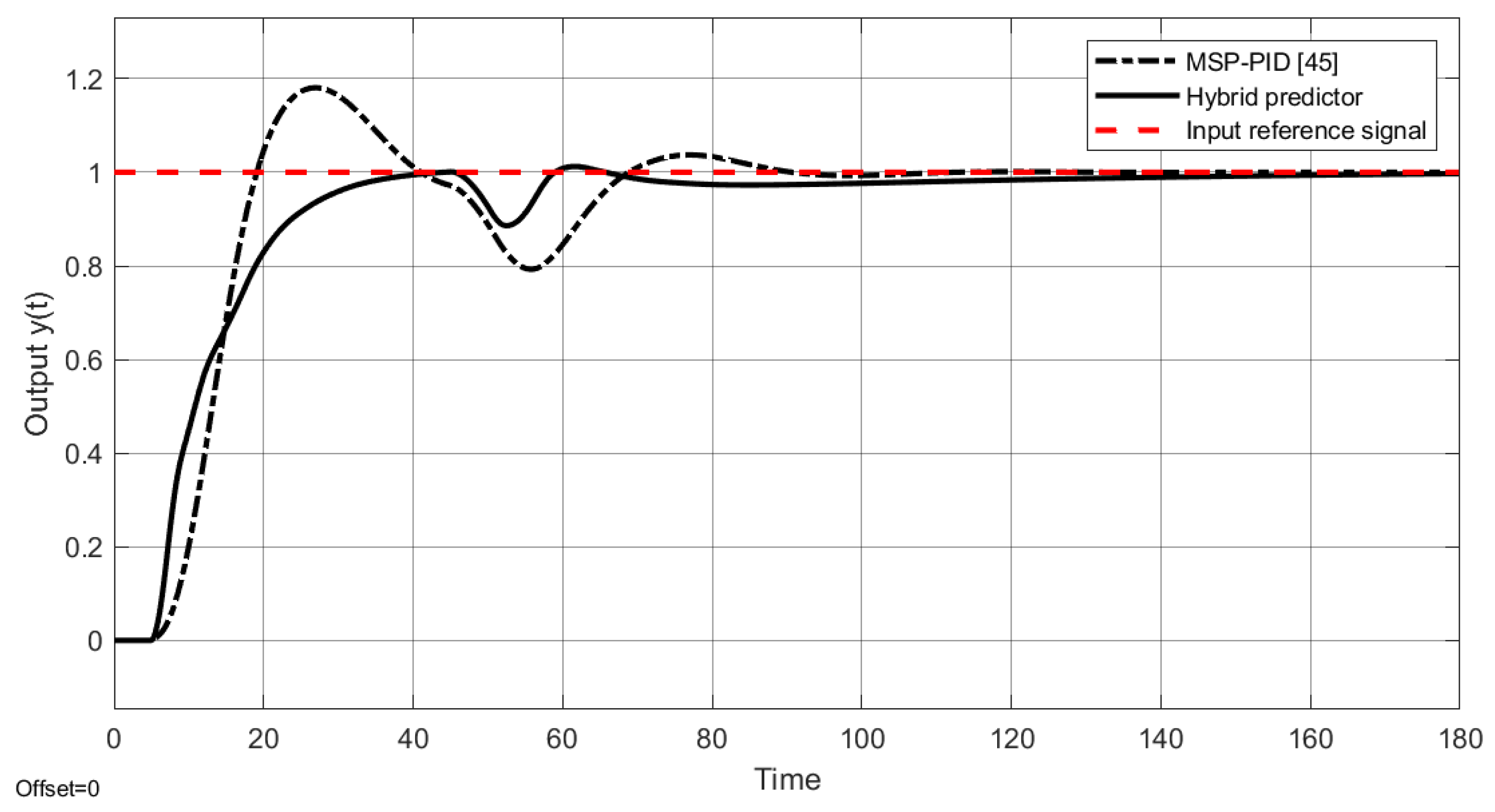
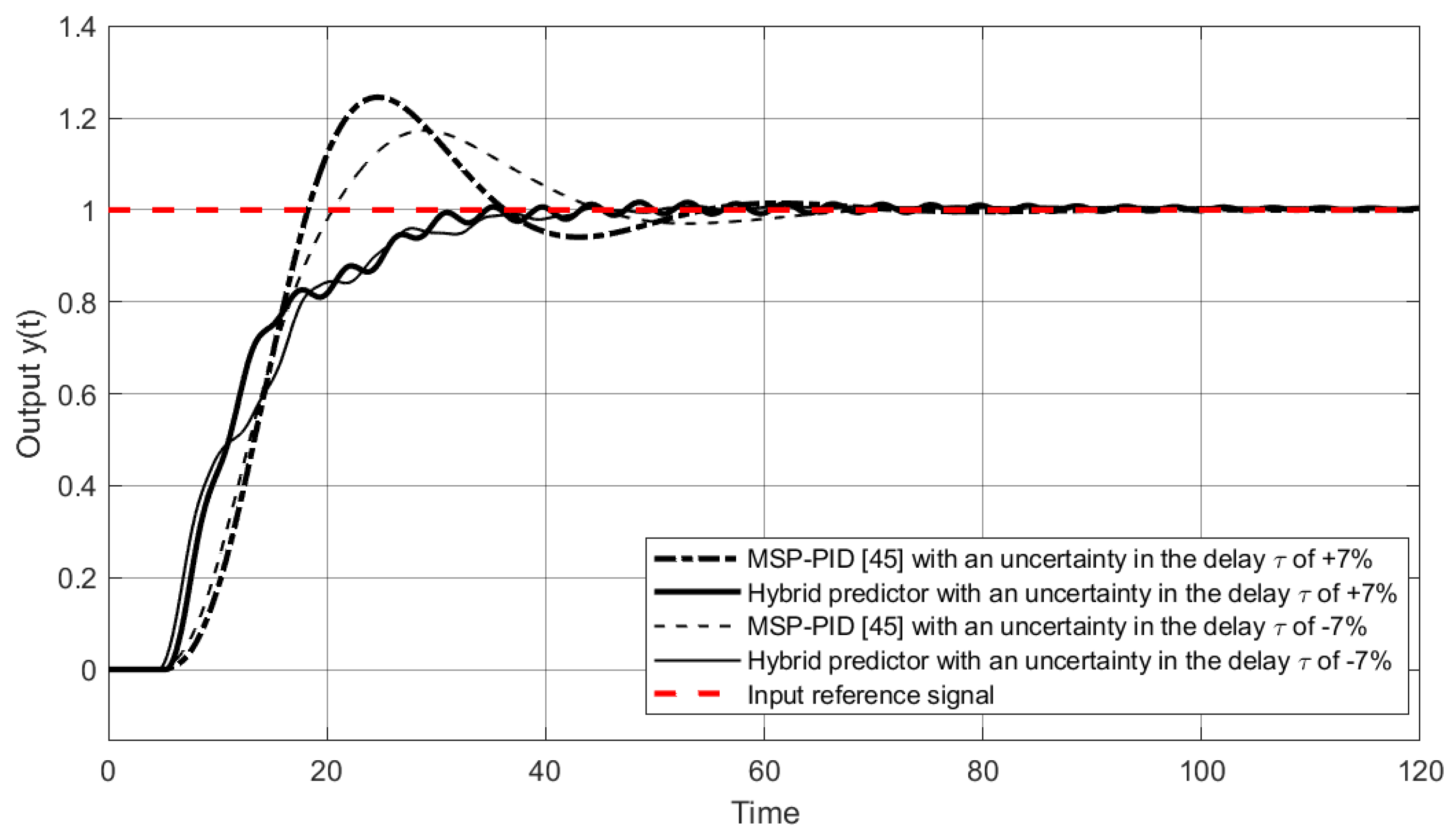
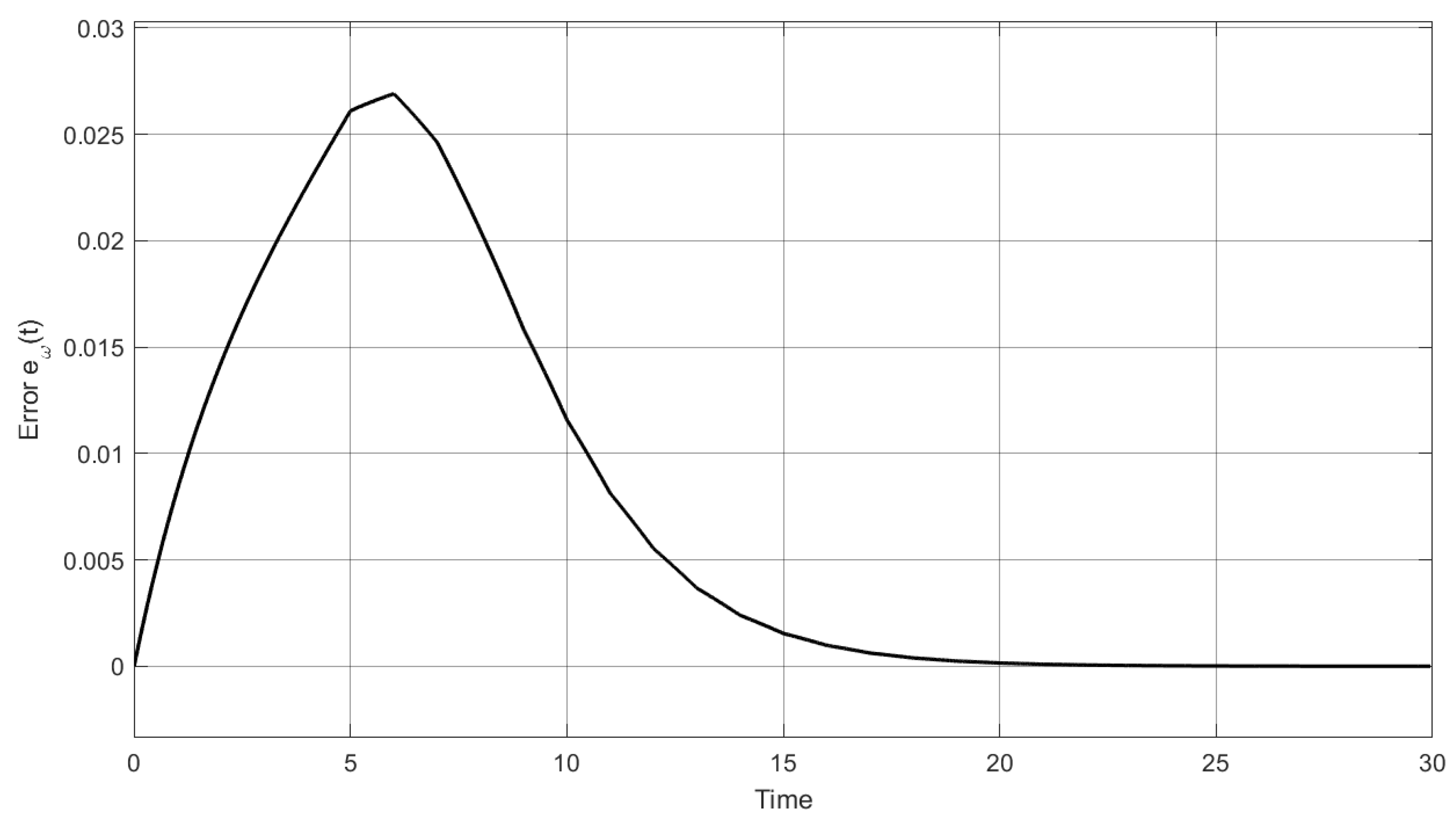


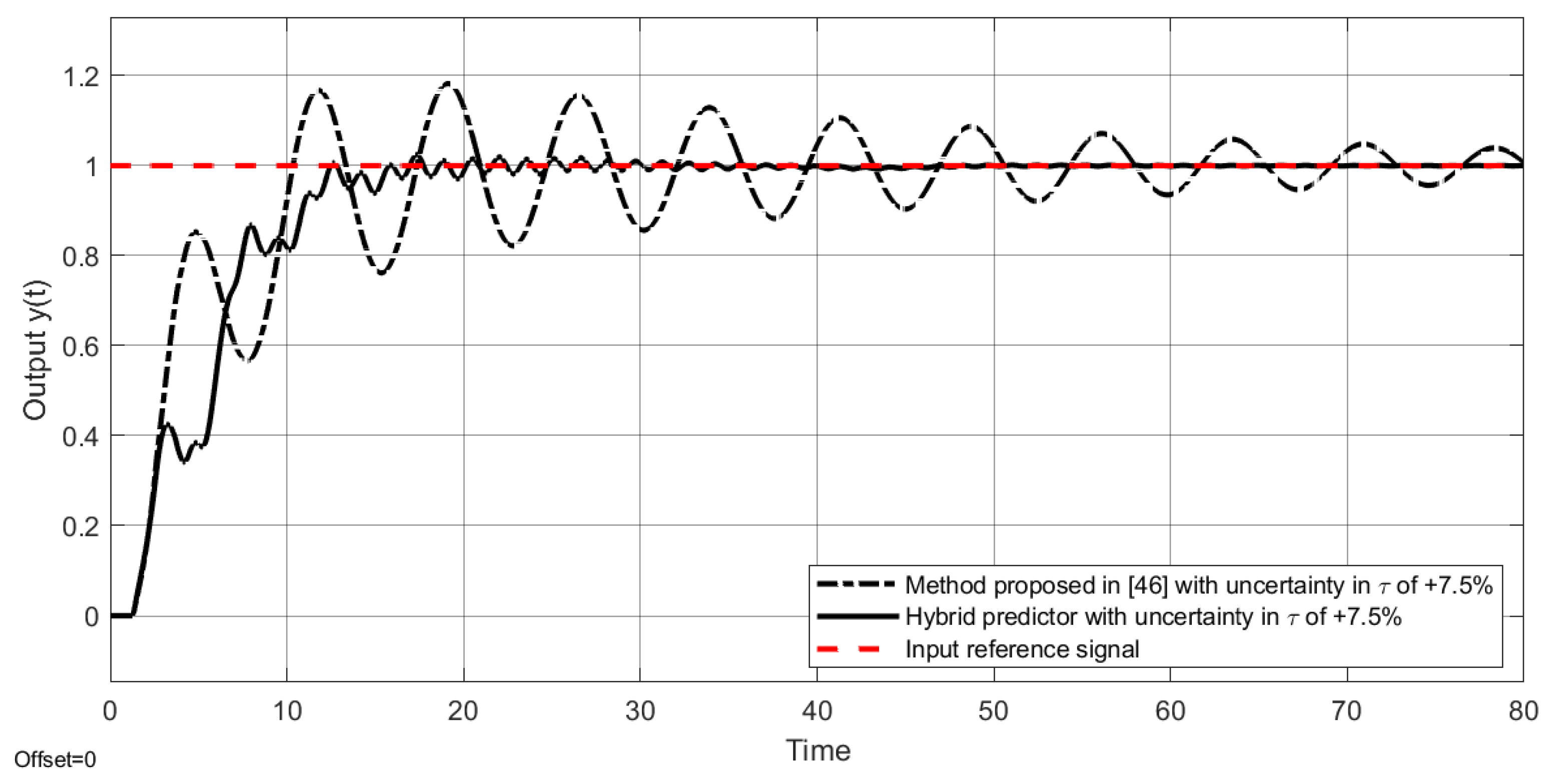
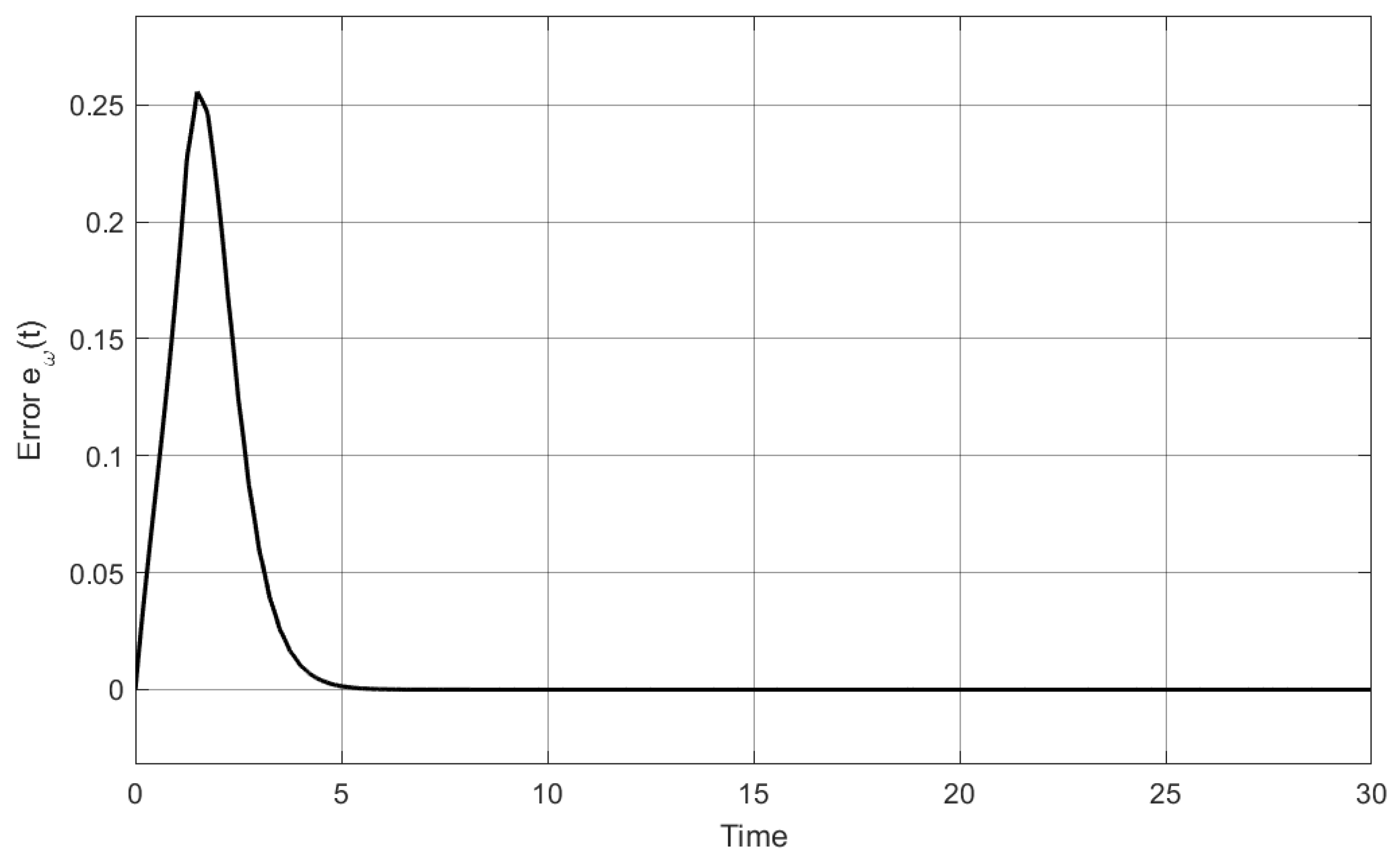
| Nominal Case | Robust Analysis (+7% in Delay Size ()) | |||||||
|---|---|---|---|---|---|---|---|---|
| System | ||||||||
| Control Action | ||||||||
| Performance index | ISE | ITSE | IAE | ITAE | ISE | ITSE | IAE | ITAE |
| Hybrid predictor | 36.07 | 2799 | 71.67 | 5597 | 42.48 | 3077 | 73.43 | 5633 |
| MSP-PID | 36.72 | 2837 | 72.78 | 5634 | 37.52 | 2845 | 73.4 | 5638 |
| Output | ||||||||
| Performance index | ISE | ITSE | IAE | ITAE | ISE | ITSE | IAE | ITAE |
| Hybrid predictor | 133.8 | 1.115 | 137.2 | 133.8 | 134 | 1.114 | 137.3 | 134 |
| MSP-PID | 139.5 | 1.125 | 139 | 1.121 | 139.9 | 1.125 | 139 | 1.121 |
| Nominal Case | Robust Analysis (+7.5% in Delay Size ()) | |||||||
|---|---|---|---|---|---|---|---|---|
| System | ||||||||
| Control Action | ||||||||
| Performance index | ISE | ITSE | IAE | ITAE | ISE | ITSE | IAE | ITAE |
| Hybrid predictor | 73.58 | 3172 | 75.13 | 3181 | 77.67 | 3247 | 76.32 | 3199 |
| Method proposed in [46] | 74.63 | 3180 | 76.18 | 3187 | 75.96 | 3212 | 76.33 | 3189 |
| Output | ||||||||
| Performance index | ISE | ITSE | IAE | ITAE | ISE | ITSE | IAE | ITAE |
| Hybrid predictor | 71.9 | 3163 | 73.92 | 3175 | 72.28 | 3161 | 74.25 | 3175 |
| Method proposed in [46] | 73.53 | 3174 | 75.2 | 3183 | 74.08 | 3190 | 75.24 | 3184 |
Disclaimer/Publisher’s Note: The statements, opinions and data contained in all publications are solely those of the individual author(s) and contributor(s) and not of MDPI and/or the editor(s). MDPI and/or the editor(s) disclaim responsibility for any injury to people or property resulting from any ideas, methods, instructions or products referred to in the content. |
© 2025 by the authors. Licensee MDPI, Basel, Switzerland. This article is an open access article distributed under the terms and conditions of the Creative Commons Attribution (CC BY) license (https://creativecommons.org/licenses/by/4.0/).
Share and Cite
Vazquez-Guerra, R.J.; del Muro-Cuéllar, B.; Márquez-Rubio, J.F.; Urquiza-Castro, A. Hybrid Predictor for Unstable Delayed Systems. Processes 2025, 13, 1323. https://doi.org/10.3390/pr13051323
Vazquez-Guerra RJ, del Muro-Cuéllar B, Márquez-Rubio JF, Urquiza-Castro A. Hybrid Predictor for Unstable Delayed Systems. Processes. 2025; 13(5):1323. https://doi.org/10.3390/pr13051323
Chicago/Turabian StyleVazquez-Guerra, Rocio Jasmin, Basilio del Muro-Cuéllar, Juan Francisco Márquez-Rubio, and Alejandro Urquiza-Castro. 2025. "Hybrid Predictor for Unstable Delayed Systems" Processes 13, no. 5: 1323. https://doi.org/10.3390/pr13051323
APA StyleVazquez-Guerra, R. J., del Muro-Cuéllar, B., Márquez-Rubio, J. F., & Urquiza-Castro, A. (2025). Hybrid Predictor for Unstable Delayed Systems. Processes, 13(5), 1323. https://doi.org/10.3390/pr13051323








